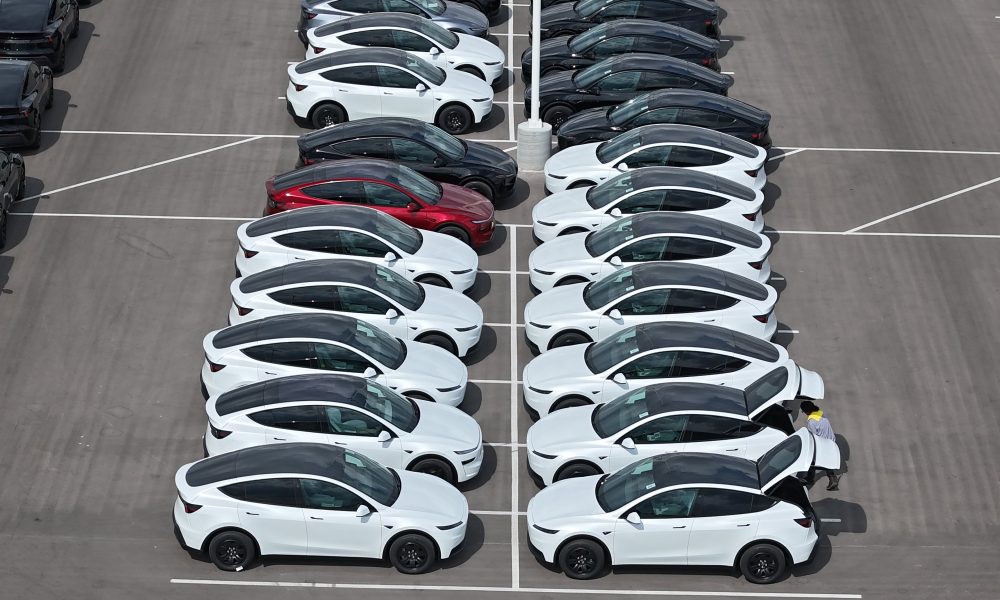
"The strategy I planned to use without having home charging was pretty simple: there's a Supercharger a few miles away, and there's also low-level charging at my local grocery store. The Model Y also came with a Mobile Connector, so there was another way I could charge in a pinch. There are also some distinct advantages I have over others, including the fact that I do not commute to and from work."
"At my local Supercharger, it costs $0.47 from 8 a.m. to 10 p.m., and just $0.18 from 10 p.m. to 8 a.m. That means if you can wake up a little earlier or go to bed a little bit later, you'll save nearly three times the money. This is not to say that I never charge during peak hours, but I try to save the longer charges for off-peak hours."
"I bought a Tesla without having perhaps the biggest advantage of owning an electric vehicle: home charging. People told me it could be done, others said it eliminated the purpose of owning an EV. I knew I wanted a Tesla, and I knew I could probably get away with not having access to charging at home. I traded my ICE vehicle for a Tesla Model Y: here's how it went"
Owner purchased a Tesla Model Y without home charging and relied on nearby Superchargers, grocery-store level charging, and the vehicle's Mobile Connector as backups. Local driving patterns and no daily commute reduced charging demand, with most errands under 15 miles. Off-peak Supercharger pricing provided major savings, with cited rates of $0.47 per kWh during peak hours and $0.18 overnight. Long charging sessions were scheduled at off-peak times to maximize cost-effectiveness. The owner emphasizes that Supercharging does not have to be prohibitively expensive and that planning charging times and using available public infrastructure made EV ownership practical.
Read at TESLARATI
Unable to calculate read time
Collection
[
|
...
]